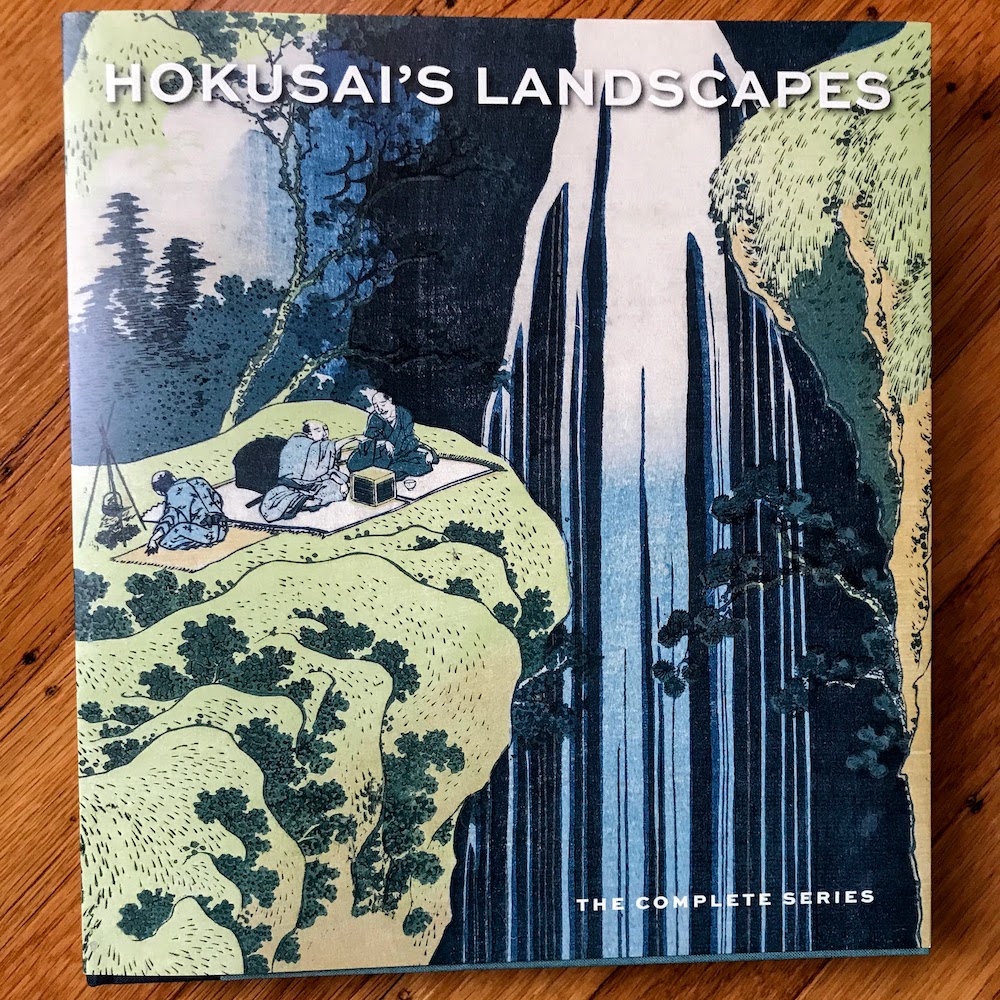
Mermaid Saga (volume 1)
by Rumiko Takahashi
published in English by VIZ Media, LLC, San Francisco
2020
Yes, Rumiko Takahashi, the ‘princess of manga,’ published these stories in 2003, but now Viz has a beautiful, “signature edition” in English and with color inserts that is truly special! The second volume is being published this month, so I rushed out to get the first, and I LOVE it. You can read a free preview at the Viz website (viz.com)!
Mana is a lovely girl, being affectionately raised in a remote village of women, but must live in shackles. She is being raised… for a purpose that hasn’t been disclosed to her.
Yuta has watched his wife and loved ones die of old age while he remains young, after inadvertently eating the flesh of a mermaid. While his fellow diners died horribly or turned into miserable monsters, he received the immortality and endless youth that so many others will kill for. But he doesn’t want to live forever.
Unlike Takahashi’s light-hearted, comedic manga like Ursei Yatsura or Ranma 1/2, Mermaid Saga is a dramatic horror story. There is violence and plenty of death; monsters are real; humans behave monstrously; and people ruin the lives of people they claim to love through betrayals, violence, jealousy, murder, and imprisonment.
The artwork is lovely, which may seem like a funny thing to say when Yuta is constantly filthy and bleeding from some new wound! Takahashi’s work is beautifully composed; the fabrics are all lovingly rendered; the landscapes and cityscapes are all evocative; there is a convincing amount of detail (just enough, exactly where it should be); the action lines are bold, and anything that flows has lovely curves; everyone has FANTASTIC HAIR; old people are super, super old… The color and toned work in certain sections are an added bonus. SHE IS SO GOOD! I want to call her the QUEEN of manga, though they don’t historically have queens in Japan, but she deserves all the accolades.
Mana and Yuta didn’t CHOOSE their situation, but they are actively choosing to change it! It’s a compelling, serious set of stories. I’m hoping I’ll have volume 2 in my hands later this month!









